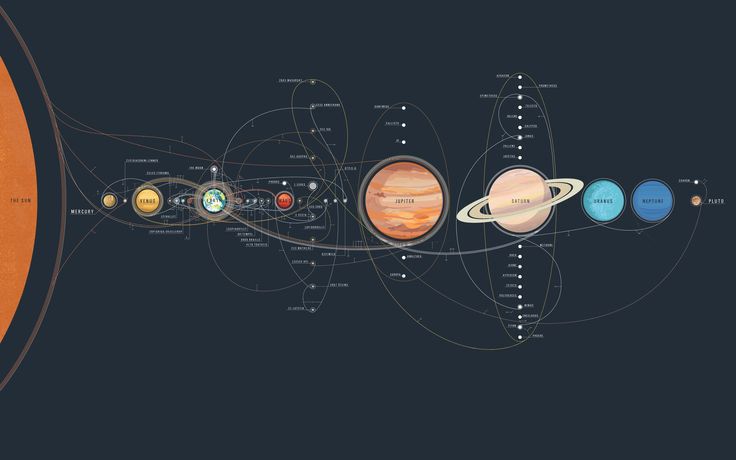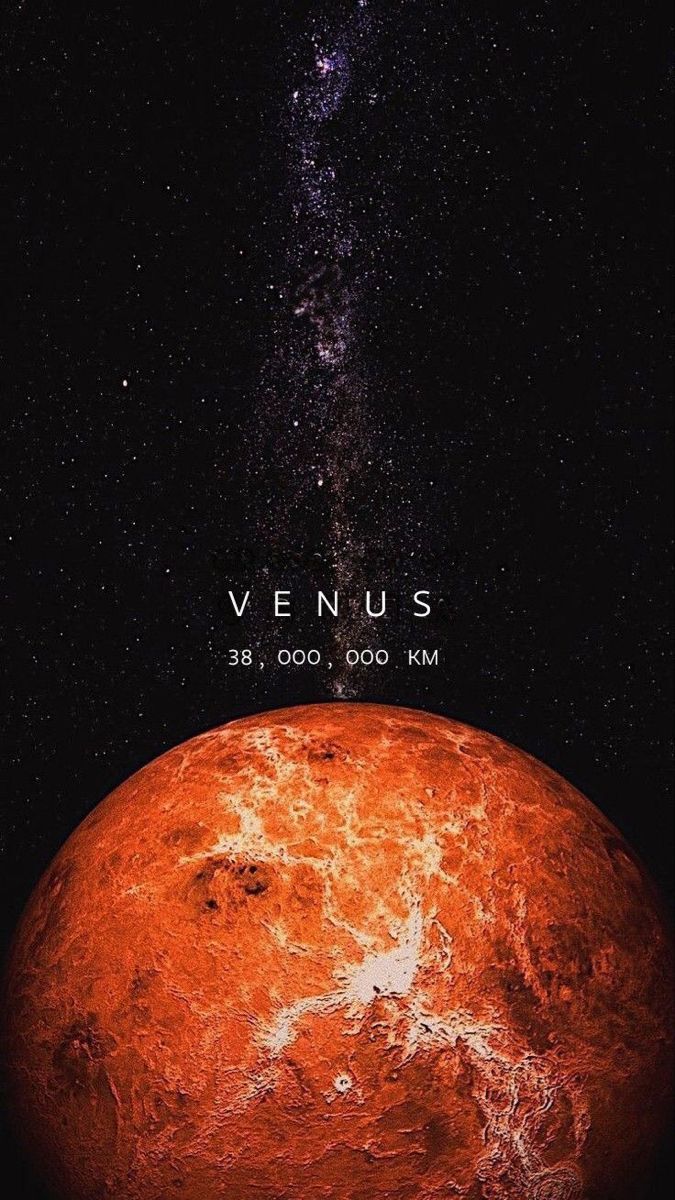Introduction
Venus, the second planet from the Sun, is often referred to as Earth’s “sister planet” due to their similar size and composition. However, Venus is shrouded in a thick, toxic atmosphere and experiences extreme temperatures, making it a fascinating yet inhospitable world. In this blog, we will delve into the intriguing features of Venus, its history, and the ongoing efforts to explore and understand this captivating celestial body.
Overview of Venus
Venus is the second planet from the Sun, orbiting at an average distance of about 108 million kilometers (67 million miles). It is the brightest object in our night sky, often outshining even Jupiter. Venus is roughly the same size as Earth, with a diameter of about 12,104 kilometers (7,521 miles), and has a mass about 81.5% that of Earth.
Atmosphere and Surface

Venus’ atmosphere is composed primarily of carbon dioxide, with traces of nitrogen and other gases. The most striking feature of Venus is its thick, opaque cloud layer, which consists of sulfuric acid and sulfur dioxide. This dense atmosphere traps heat, causing a runaway greenhouse effect that results in surface temperatures reaching a scorching 460-480 degrees Celsius (860-896 degrees Fahrenheit).
Beneath the cloud layer, Venus’ surface is covered in a vast, featureless plain of solid rock, with evidence of ancient volcanic activity. The planet lacks any significant water bodies or tectonic plate movement, unlike Earth.
Rotation and Orbit
Venus rotates very slowly on its axis, taking approximately 243 Earth days to complete one full rotation. This long rotation period results in a retrograde (opposite) rotation, meaning Venus spins in the opposite direction to most other planets in our solar system.

Venus’ orbit around the Sun is nearly circular and lies between Earth and Mercury. It takes about 225 Earth days to complete one orbit.
History of Exploration
The first successful flyby of Venus was achieved by the Soviet Union’s Venera 1 in 1961. Since then, numerous missions have been launched to study this mysterious planet. The United States’ Mariner 2 mission in 1962 marked the first successful Venusian mission by another nation.
In the following decades, several Soviet and American spacecraft, including Venera and Pioneer series, provided valuable data on Venus’ atmosphere, surface, and geology. More recent missions, such as the European Space Agency’s Venus Express (2006-2014) and NASA’s Magellan orbiter (1990-1994), have continued to expand our knowledge of this enigmatic planet.
Future Missions and Research
Despite the harsh conditions on Venus, scientists remain intrigued by this planet’s similarities to Earth and its potential to reveal insights into the history of our own planet.
NASA’s upcoming mission, the DAVINCI+ (Deep Atmosphere Venus Investigation of Noble gases, Chemistry, and Imaging Plus) mission, aims to study Venus’ atmosphere and surface in detail. The proposed VERITAS (Venus Emission Spectrometer Investigation of Topographic Albedo from Space) mission will focus on mapping the planet’s surface and understanding its geological processes.
Conclusion
Venus, the second planet from the Sun, remains a captivating subject of scientific inquiry due to its striking similarities to Earth and its extreme conditions. As we continue to explore and understand this sister planet, we gain valuable insights into the history and future of our own world. The upcoming missions to Venus will undoubtedly contribute to our knowledge of this fascinating celestial body and its role in the cosmic neighborhood we call home.

